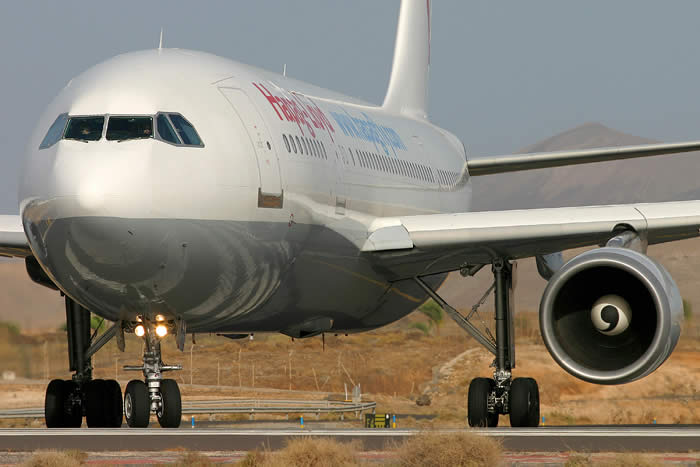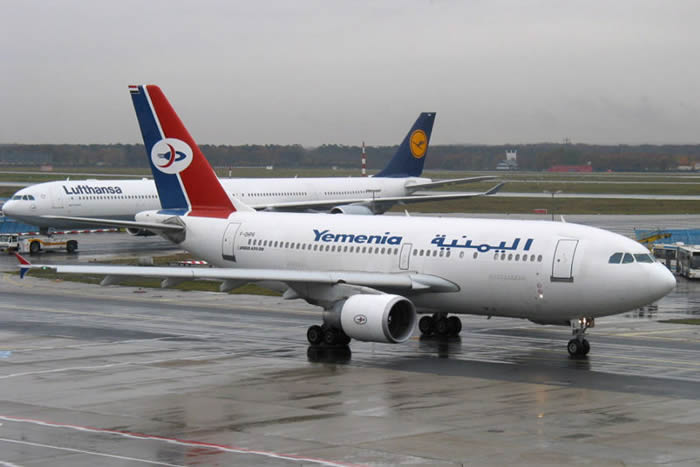
 |

THE BELOW LINKS CONTAIN DETAILED AIRLINE, MILITARY JETS, TEST AIRCRAFT, AIRPLANE FACT SHEETS AND AEROSPACE INFORMATION
THE BELOW LINKS CONTAIN AVIATION, MILITARY, AIRCRAFT VIDEOS, PICTURES, FACTS, INFORMATION, AUDIO, HISTORY, MOVIES AND PHOTOS

THE BELOW LINKS CONTAIN FLIGHT TRACKING, AIRPORT INFO, AVIATION PIONEERS, USAF REFERENCES, NTSB FACTS AND AVIATION WEATHER
THE BELOW LINKS CONTAIN INFORMATION ON AIRLINES IN CURRENT SERVICE TODAY AND ALSO BANKRUPT US AIRLINE COMPANIES (DEFUNCT)
AIRBUS A310 AIRCRAFT HISTORY FACTS AND PHOTOS
 |
 |
The Airbus A310 is a medium to long-range widebody airliner.Launched in 1978, it was the second aircraft created by the Airbus consortium of European aerospace companies, which is now fully owned by EADS. The A310 is a shortened derivative of the A300, the first twin-engined widebody airliner. The A310 (along with the A300) officially ceased production in July 2007 although the last delivery was in June 1998.
History Like its sister aircraft, the A300, the A310 has reached the end of its market life as a passenger and cargo aircraft. There have been no new A310 passenger orders since the late 1990s, and only a few freighter orders remain. The A310 (along with the A300) ceased production in July 2007, though five orders from Iraqi Airways remained on the books until July 2008. The remaining freighter sales are to be fulfilled by the new A330-200F derivative.
The aircraft was formally launched in July 1978 for Lufthansa and Swissair. A further development of the A300, the aircraft was initially designated the A300 B10. Essentially a "baby" A300, the main differences in the two aircraft are Shortened fuselage - same cross section, providing capacity of about 200. The A300 and A310 established Airbus as a competitor to Boeing and allowed it to go ahead with the more ambitious A320 and A330/A340 families. A310-200 A310-200C A convertible version, the seats can be removed and cargo placed on the main deck. A310-300 A310-300C A310-300F A310 MRTT |
© AviationExplorer.com - The Website For Aviation Enthusiasts |


